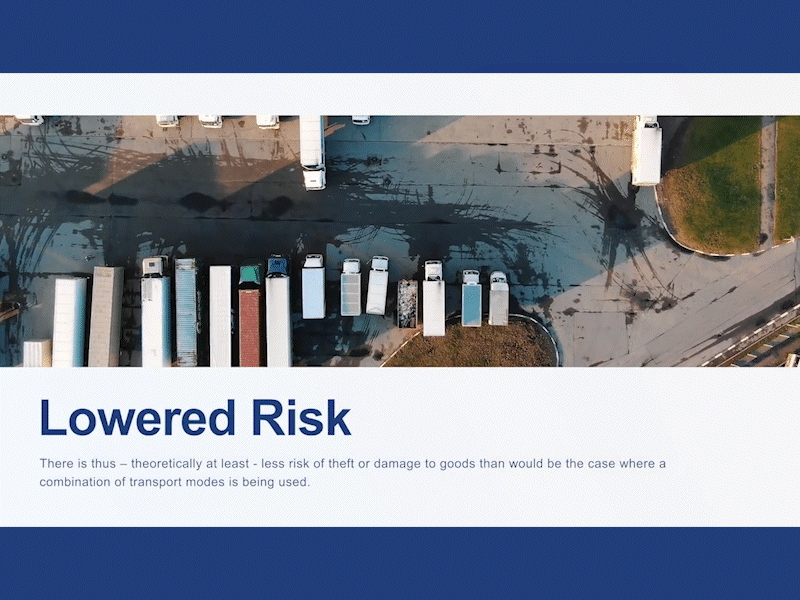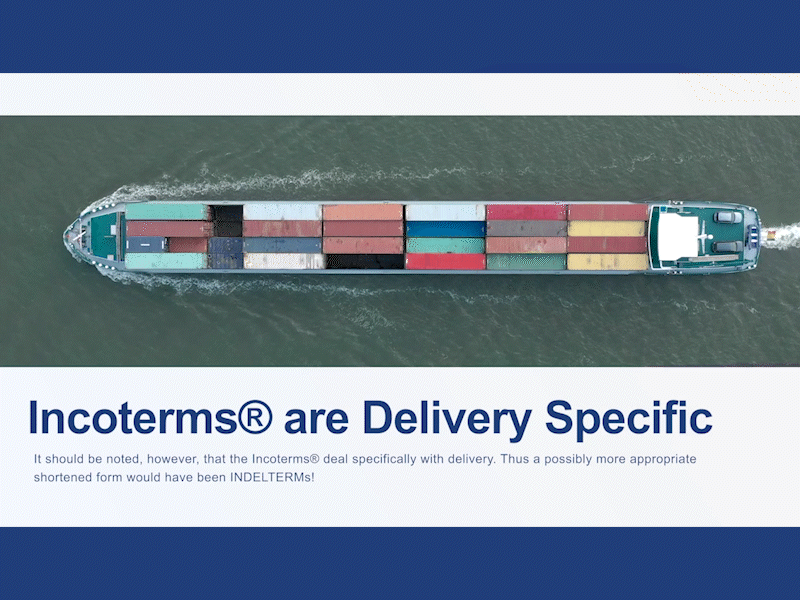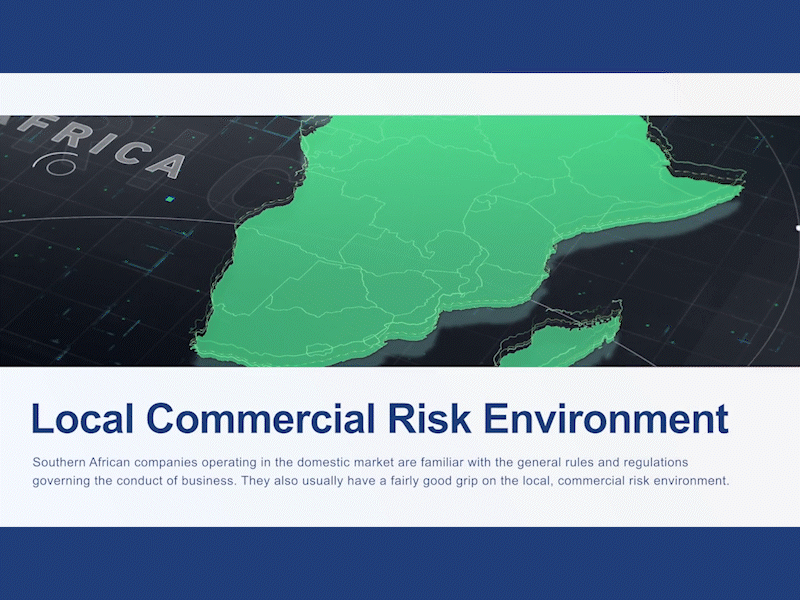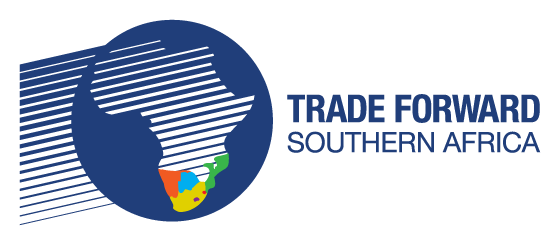As discussed throughout our’ international marketing section‘, marketing for exports differs substantially from domestic marketing. One significant difference is the environment in which you are attempting to sell your products. When marketing your products locally, you understand your customers, speak the same language as them, and you more than likely share the same or a similar cultural heritage. Furthermore, you are familiar with the political and economic environment in which business occurs. However, when developing your export marketing plan and doing the required international market research, you will find that the international marketing environment is very different from yours.
What is the International Marketing Environment?
The international marketing environment is a mixing pot of different ethnic groupings, cultural orientations, languages, economic development levels, political systems, climates, geographical differences and rules and regulations. Thus, when developing your export marketing plan, you need to consider the natural environment, the cultural/social environment, the economic/financial environment, the political/regulatory environment and the technological environment of your chosen foreign market. All the international marketing environment factors will impact your international marketing decisions. This article focuses primarily on the cultural/social environment and how it may affect your international marketing efforts.
Why should your Export Marketing Plan assess the cultural/social environment?
Numerous international marketing efforts have failed because businesses did not correctly research their chosen foreign market’s cultural/social environment. For example, when Coca-Cola attempted to enter the Chinese market, it decided to use a name that, when pronounced locally, would sound like Coca-Cola. However, the term used directly translated to “Bite the Wax Tadpole”. Similarly, numerous brands did not consider cultural and religious influences when designing and implementing their international marketing efforts. For example, several even slightly provocative ad campaigns have fallen flat in the Middle East and other Islamic states. Understanding your chosen foreign market’s cultural/social environment is tremendously important to your international marketing success. Opting for a particular colour in your packaging, the correct translation of slogans and being conscious of religious sensitivities could all have massive implications on how potential customers perceive your product. Often, export marketing personnel begin assessing the international marketing environment based on the particular regional grouping they are targeting and begin to narrow their assessment from there.
Regional groupings and Marketing for Exports
Various countries have been grouped into regions with similar characteristics and tendencies. A regional grouping usually shares certain similarities in its marketing environment, such as climate, geographical features, economic development, religious beliefs and historical background (which impacts language and culture). Let’s have a look at a few major groupings:

Anglo Saxon Countries – This grouping includes the United Kingdom and former British colonies such as Australia, New Zealand, the United States and Canada. These countries, despite being geographically separate, share the same language, cultural and religious heritage, which sets them apart from the other regional groupings.
Europe – This grouping covers the whole of Europe, an industrialised region with a high level of technological advancement and economic activity. Despite the region’s development, member countries have distinctly different languages and cultures. This means, depending on the markets selected, that there may be significant product adaptations required.
The Middle East – This grouping, which consists of countries like Iran, Iraq, Saudi Arabia, Bahrain, Kuwait and the United Arab Emirates, reflects an Arabic culture and adherence to Islamic traditions. The region boasts a large portion of the world’s oil reserves and consequently has considerable wealth. In the Middle East, religion influences every aspect of life, a fact that it would be foolish to ignore when determining the ideal marketing mix for your export products and export marketing plan.
The Far East – This grouping, which covers a wide geographical area and a wide range of cultures, includes countries like India, South Korea, Taiwan, Singapore, China, Hong Kong, Malaysia and Thailand, each of which has its own idiosyncrasies. International marketing personnel often incorrectly assume that countries in the Far East are similar. In contrast, however, the Chinese are incredibly different to the South Koreans and the Malaysians from the Singaporeans, etc. Furthermore, the Far East has a complicated political history that must be considered before attempting to replicate marketing efforts across the region.

The cultural/social environment is just one factor that needs to be considered when developing an export marketing plan and establishing the international marketing environment of your chosen foreign market. Thankfully, Trade Forward Southern Africa, in collaboration with the International Trade Institute of Southern Africa (ITRISA), has created a comprehensive online training course that provides training on all aspects of international marketing, including the steps involved in developing an export marketing plan. The groundbreaking TFSA online School of Export also offers free E-learning modules on topics such as Incoterms®, modes of transport, letters of credit and international law. Click the links below to sign up for free and join over 1000 business professionals currently using the School of Export to assist them in growing their businesses internationally.
To sign up to the School of Export CLICK HERE.
If you already have a profile, CLICK HERE to login to begin the module.










Leave a Reply